Aquaculture FAQ: 20 frequent issues in shrimp farming
There are several common problems you encounter in aquaculture where you want to find out the possible solutions.
Download the poster and start using it in your pond.
点击下面链接,查看虾养殖常见问题及解决方案。
Click the below videos in Chinese to find out the possible solutions.
Click the below videos to find out the possible solutions:

Problem 1:
Acidic soil and low water pH (under 4) cause serious problems in aquaculture.
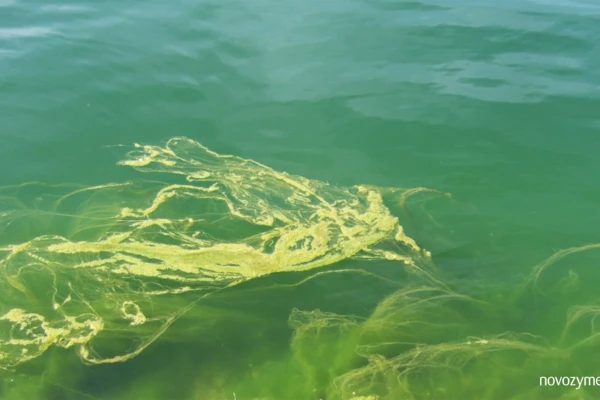
Problem 2:
Benthic or filamentous algae during water preparation.
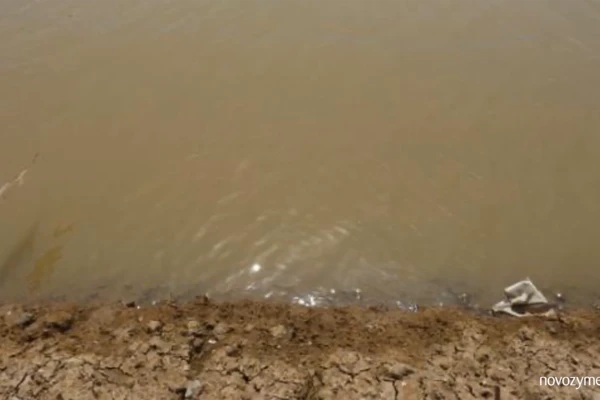
Problem 3:
Turbid water prevents a healthy phytoplankton bloom and blocks the shrimps’ gills.
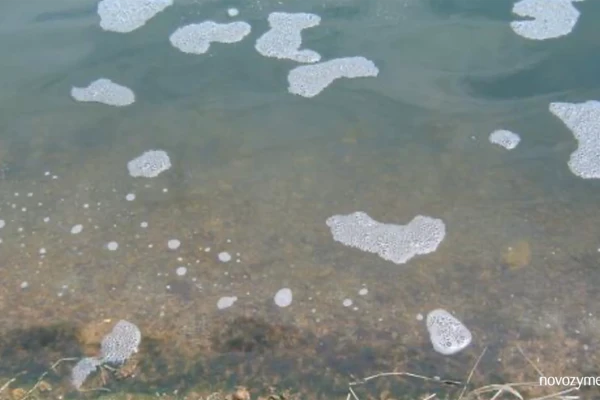
Problem 4:
An unstable bloom may indicate problems with alkalinity, pH and/or nutrient levels.
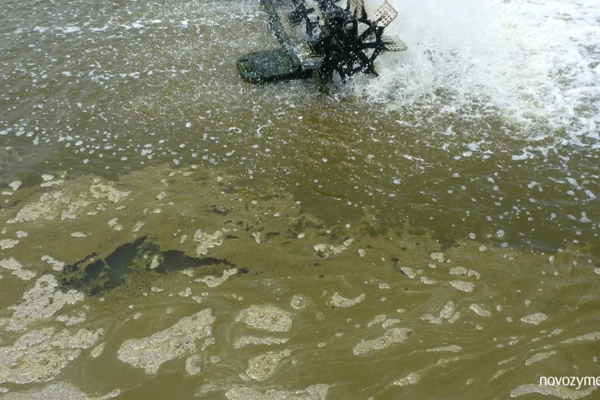
Problem 5:
Over-blooms will create problems with oxygen levels, black gill and H2S.
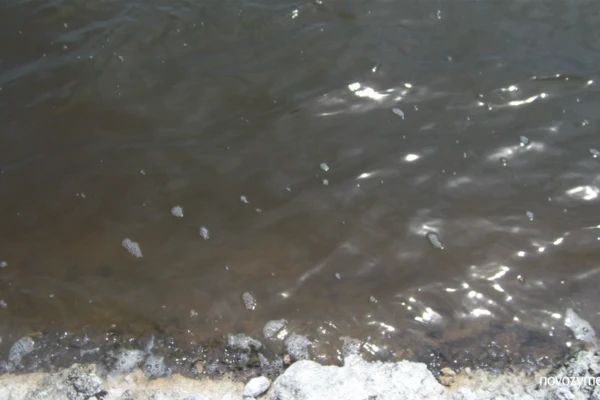
Problem 6:
A water color change indicates the plankton is starting to die, or the species is changing.
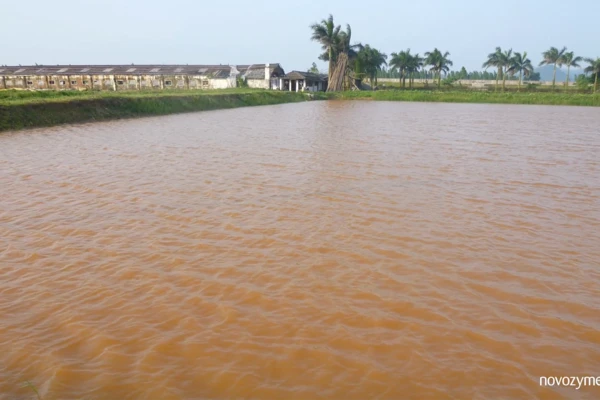
Problem 7:
A low pH limits plankton growth, and makes hydrogen sulfide more toxic.
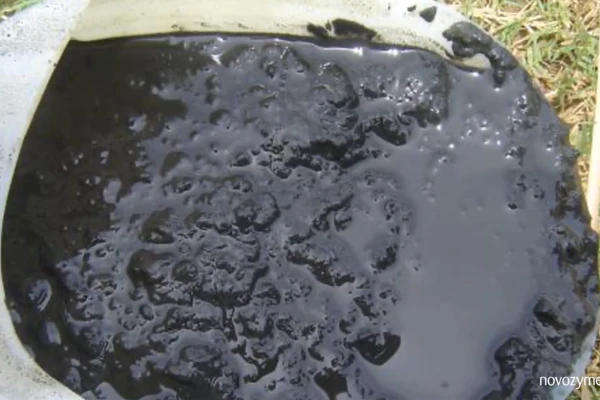
Problem 8:
Black sludge indicates anoxic bacteria that produce toxic hydrogen sulfide gas.

Problem 9:
Bad odor can indicate a problem with hydrogen sulfide or VFAs.
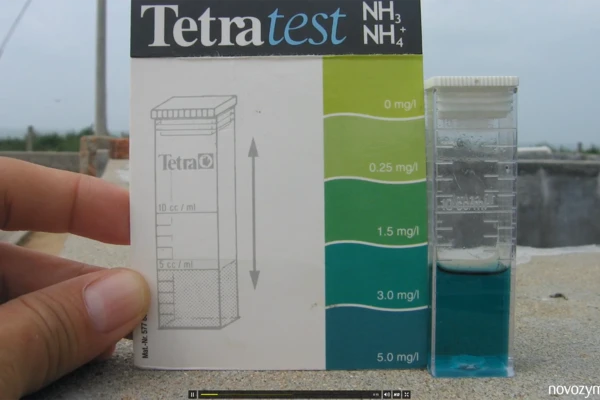
Problem 10:
The level of toxicity of ammonia rises with temperature and pH.
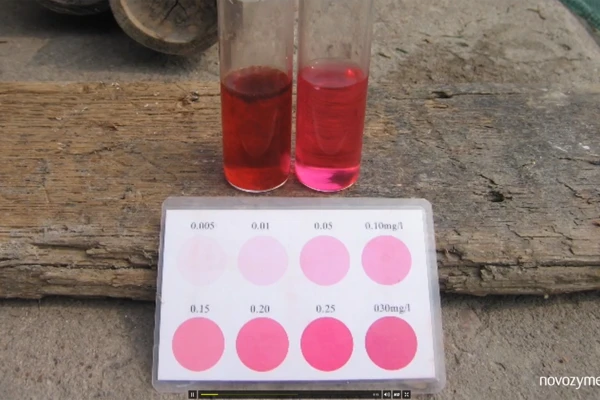
Problem 11:
Nitrite becomes more toxic in a pond with low salinity.
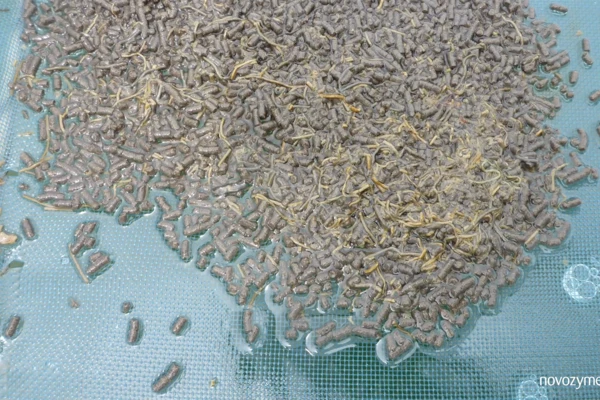
Problem 12:
A drop in feed consumption means longer culture time and potentially lost profits.
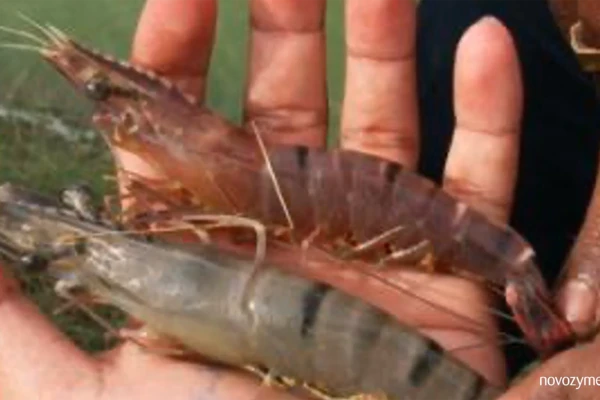
Problem 13:
Pink shell or gill indicates stress. Something is wrong in the pond environment.
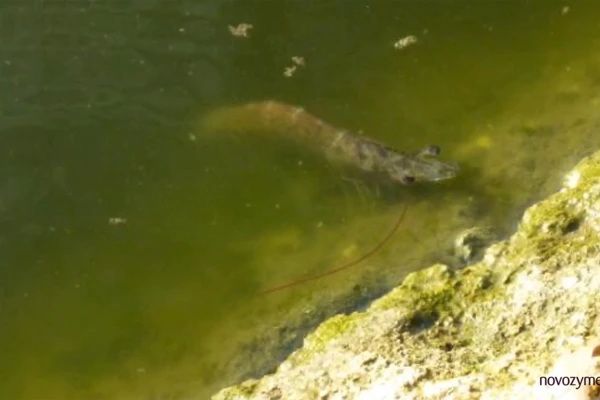
Problem 14:
White muscle is abnormal. It indicates stress or disease.

Problem 15:
White fecal strings indicate a bacterial or parasite infection.
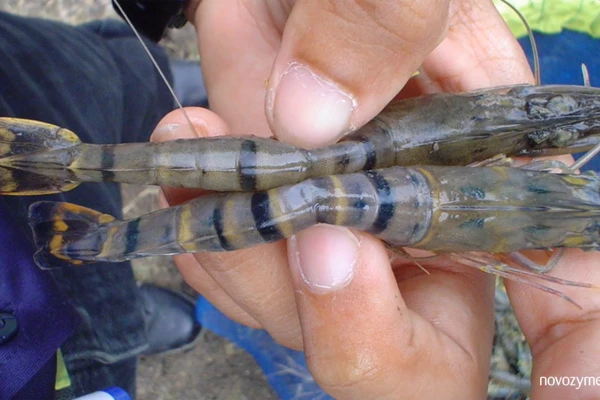
Problem 16:
Loose Shell Syndrome (or LSS) is a slow killer of shrimp, hurting farmers’ profits.
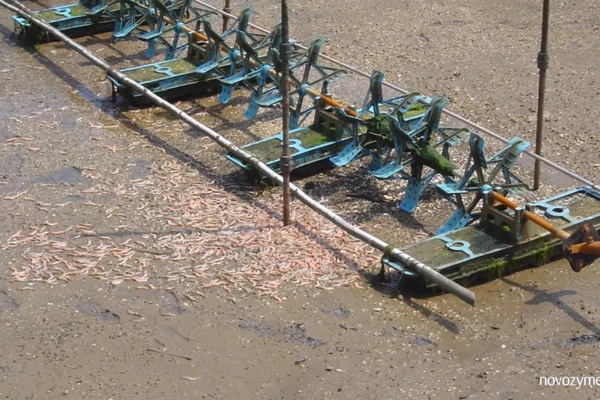
Problem 17:
Sometimes a crop suddenly dies – without ever showing any sign of disease.
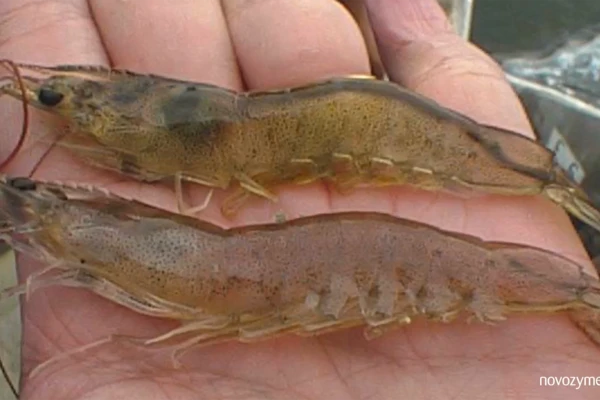
Problem 18:
It is common for a crop in a poorly managed pond to experience illness during the first month.
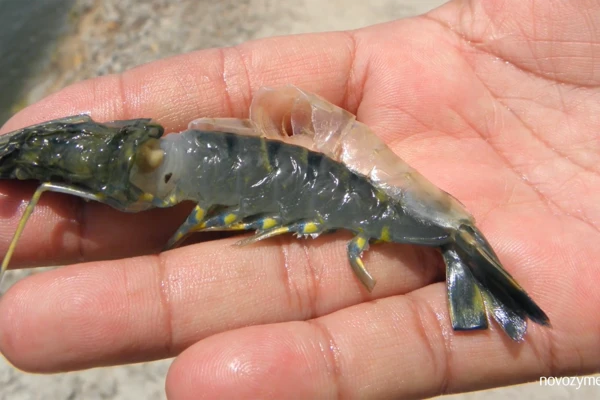
Problem 19:
A failed molting means death for the shrimp.
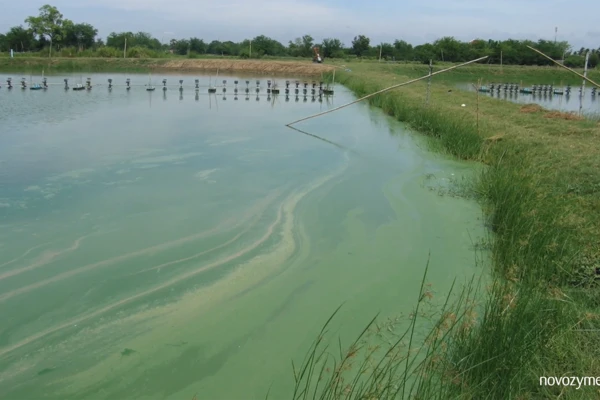
Problem 20:
An algae over-bloom means plankton can easily crash and drop oxygen levels.